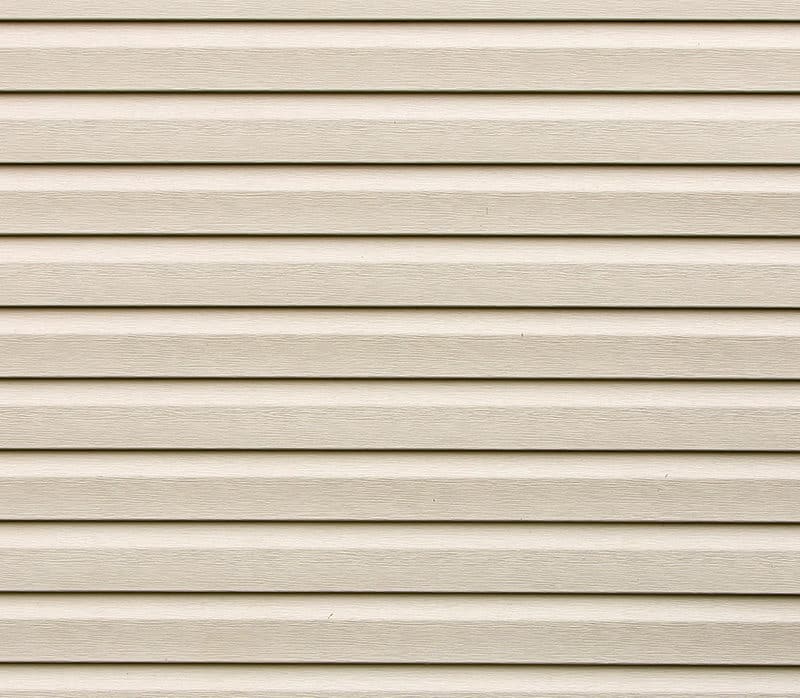Best Guide on Mortgages for the Self-Employed
Mortgages for the Self-Employed
When you’re self-employed, it’s difficult to decide whether you are ready to buy a house. After all, your income might come in spurts instead of having a regular check every week or two.
Being prepared for the mortgage process increases the chance that your application will be approved. Self-employed people have more hurdles to jump because of the nature of their income, even those that make six or more figures.>
Difficulties in Qualifying for a Mortgage
Since you’ve probably done a ton of research on mortgages and finding your dream home, you already know the basics—make sure your credit is good, how much down payment you’ll need and what you are able to afford.
You may have a pretty good idea of what documents you need to provide and already have them ready. However, those pesky tax returns might come back to bite you.
Tax Returns
The biggest problem in qualifying for a mortgage when you’re self-employed is your tax returns. Most business people take every deduction allowed. However, while that’s great for your pocket since you pay less tax, it’s bad for applying for a mortgage.
Part of your self-employment tax returns is your expenses. You probably claim things like utilities, cell phones, business meals and travel and have a ton of depreciation. When a lender looks at the tax returns, it doesn’t add those things back in—except for depreciation.
While you might make $300,000, your adjusted gross income on your tax return is going to be the number the lender looks at. If it’s $10,000, you’re not going to qualify for that loan.
Alternative Method’s
You could amend your taxes or you could wait for two years and not claim anything on your taxes. However, that means you will be paying heavily to the IRS. Or, you could find a lender who does non-conforming loans.
Some lenders are sympathetic to self-employed people and will use other methods of verifying income. Some banks may look at your deposits for a year instead. They’ll still ask for your tax returns, but will not use them to qualify your income.
Debt-to-Income Ratio
Your tax returns help lenders figure your debt-to-income ratio. While lenders are supposed to use your gross income, that does not hold true with self-employed borrowers. Lenders look at the adjusted gross income on your tax returns. That number is often lower than net income because of the expenses you deduct.
A lender adds up your debts and divides that number by your adjusted gross income. If you have a proposed mortgage payment of $1,200, a car payment of $650 and other credit lines, including credit cards of $500, you have $2,350 in debt.
If your self-employed monthly income is $8,000, your debt-to-income ratio should be about 29 percent. But wait a second. That’s not the number on your tax returns.
If the adjusted gross income on the last two years of tax returns is $4,000 and $2,500 respectively, then your average monthly income is going to be $3,250 (add the two together, then divide by 2). That means your debt-to-income is actually 72 percent.
The highest a lender will “give” you is 43 percent, though most will only consider your application if your debt-to-income is 39 percent not including your new mortgage and 33 percent including your new mortgage.
In this example, a lender who uses deposits instead of tax returns will show a debt-to-income ratio of 29 percent.
If you are ready to purchase a house and want to learn more about qualifying for a loan, feel free to reach out. Together, we’ll be able to get you into the home of your dreams, despite the hurdles.
I hope you like this article on “Mortgages for the Self-Employed”. check out more article on our website.
Follow us on Twitter


















